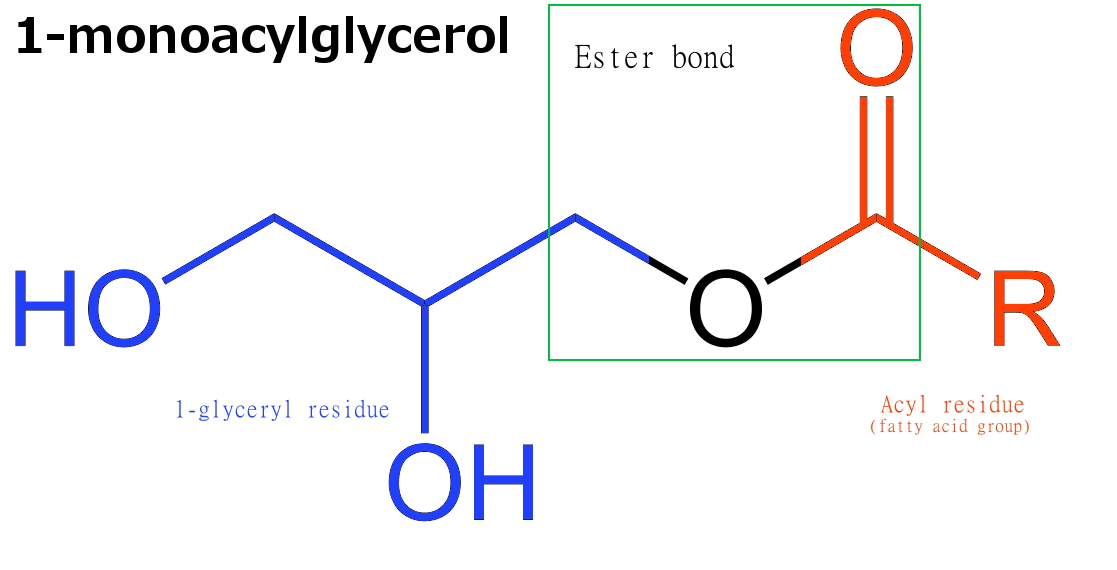Last practical of the semester! Phew, after this I'd have lesser workload (hopefully) since there's no more experimental food reports to write. I was all the while anticipating for this moment to come, but why do I feel a tinge of emptiness? Reluctant much, huh... Anyway, this week's practical was about replacing fats with emulsifiers.
RL 140603 Practical 4: DMG or SSL?
 |
| Butter cookies! What comes into your mind when you think of cookies? |
:: Sweet, buttery, crumbly, fattening, guilt..... Oh, please don't tempt me even with the word.. Just felt like dressing up now, on a sunny Sunday afternoon, enjoy a smooth cup of earl grey to accompany this buttery treat.......
Okay, I should just stop day dreaming. Yes, so when most of us heard of the word butter cookies, the first thing that come into our minds is butter. You don't say? Then many ladies will start to treat this like the most evil thing in the world, just because it's fattening.. So in this practical, we tried to use emulsifiers to create butter cookies with lesser fat content. What we did was first to add emulsifiers to the original recipes, then based on the outcome, we formulate a new butter cookie recipe with lower fat content. So here's what we got:
 |
| Gold standard- crumbly and buttery, just like a good ol' butter cookie. |
 |
| Cookies added with emulsifier: Looks even more attractive, tastes even more buttery. |
So, what we got was after adding emulsifiers (in this practical, we used sodium stearoyl lactylate, SSL, and distilled monoglyceride, DMG) was the cookies became more fragile/crumbly. However, taste wise, the original cookies actually tasted better. The ones added with emulsifiers had a mix of flour and butter taste which is a little overwhelming. Ugh, not my kind of cookies. Of course, what we did was adding emulsifiers to the same recipe with same amount of fats, hence it turned out too buttery. So what if we reduce the fat content, wouldn't it taste the same, given it had lesser fat?
 |
| Guess we're wrong! This could actually pass as a cracker except its too thick! kck, is that my tooth chipping off? |
So, as you can see from the pictures, the cookies we made with 25% reduced fat were not at all appealing. It was hard (some would say crunchy) and bland. It was still a good start to me nonetheless. At least we knew that even though emulsifiers can reduce fat usage, we should always bear in mind that it could not substitute fats completely, and that different emulsifiers work differently, because the cookies other two groups made (using DMG) looked totally fine! though I still prefered the original ones. So what actually made the difference?
 |
| Structural formula of DMG |
 |
| Stuctural formula of SSL |
See the difference? They are two different molecules. Haha, not funny.. The main difference is their hydrophilic/lyophilic balance, HLB. DMG has low HLB (long R group), hence working better in a water in oil emulsion, whereas SSL has high HLB (strong ionic strength), so it works well in a oil in water emulsion. Back to the cookies,where the source of water and fats are from butter, and butter is ~80% fats, ~16% water. So isn't it clear now? Obviously DMG could work better in dispersing water in the pool of fats, and that explains why our cookies ended up so tough and bland. We didn't have enough water, but adding too much water would also dilute the taste and hardened the texture... Argh!
Lesson learnt. Use DMG as your fat replacer if you're making butter cookies. =)
[ :: ] ( :: ) Now, I've made some virtual cookies for you and thanks for reading! ( :: ) [ :: ]
Dong





